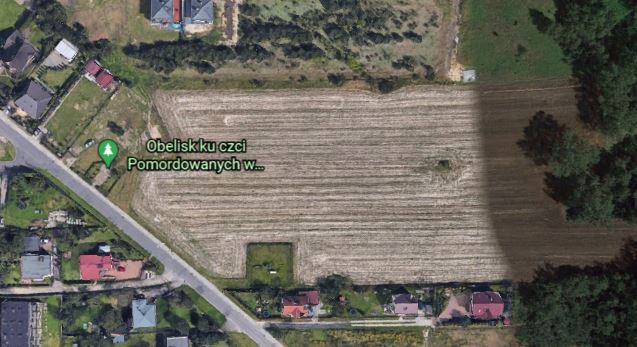Gunthergrube
Gunthergrube was established in February 1944 next to the Günther coal mine, south of Lędziny, operated by Fürstlich Plessische Bergwerks AG.
There was a second mine, the Piastschachte mine, which was still being constructed at the time the camp was established.
The camp itself changed location on several occasions, the 300 inmates initially being held in an existing facility that had previously been a camp for compulsory labourers. This was located in a school on the road to the Gunther mine called Lager Heimat (see top image above). The accommodation consisted of two barracks, supported by a kitchen, bathhouse and latrine. The site was surrounded by a barbed wire fence.
In June 1944, the inmates were moved to a larger camp surrounded by a high brick wall, guarded by eight guard towers (Lager Gunthergrube III).
Most of the inmates were Jews from France, the Netherlands, and Poland (from Będzin and Sosnowiec). They were subsequently joined by Hungarian and Polish Jews from Bliżyn labour camp, increasing the number of prisoners to nearly 600. Of these, 106 prisoners were transferred due to sickness and exhaustion, and at least 20 died, although the exact number of deaths remains unknown. Around 600 prisoners were evacuated on foot to Gliwice from the camp in January 1945, subsequently moved onwards in the direction of Rybnik. Some of the prisoners, led by one of the SS guards, tried to escape during the evacuation. This provoked a firefight in which over 300 of the prisoners were killed. It's thought that the remainder were shot when they reached Rybnik.
The camp commandant was SS-Unterscharführer Alois Frey and there were 20 to 40 SS guards from the 3rd Wachkompanie Monowitz.
























Comments
Post a Comment